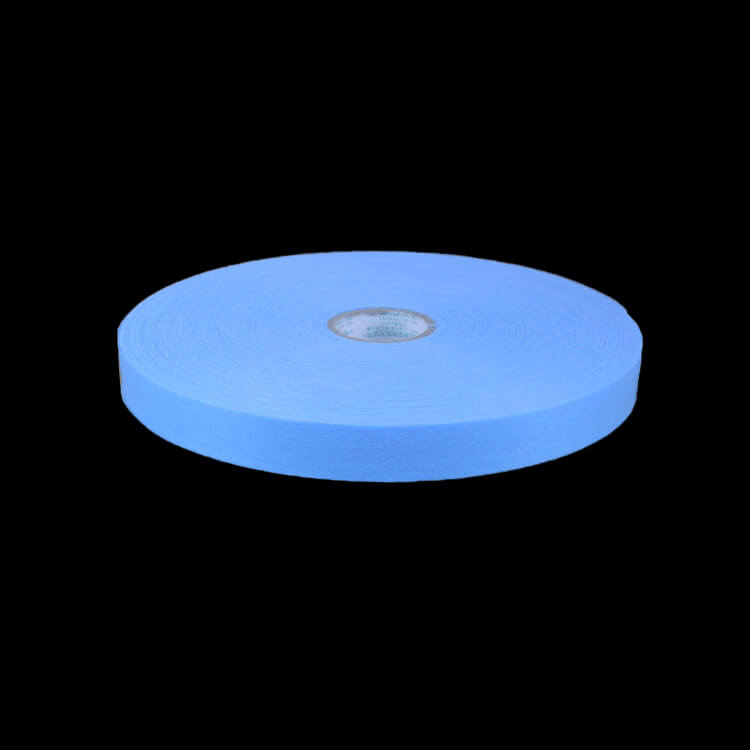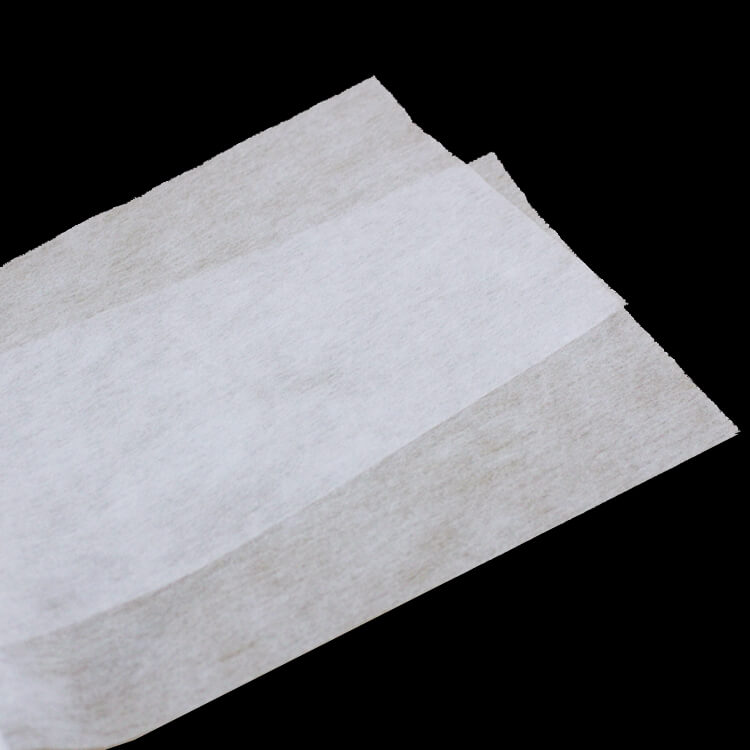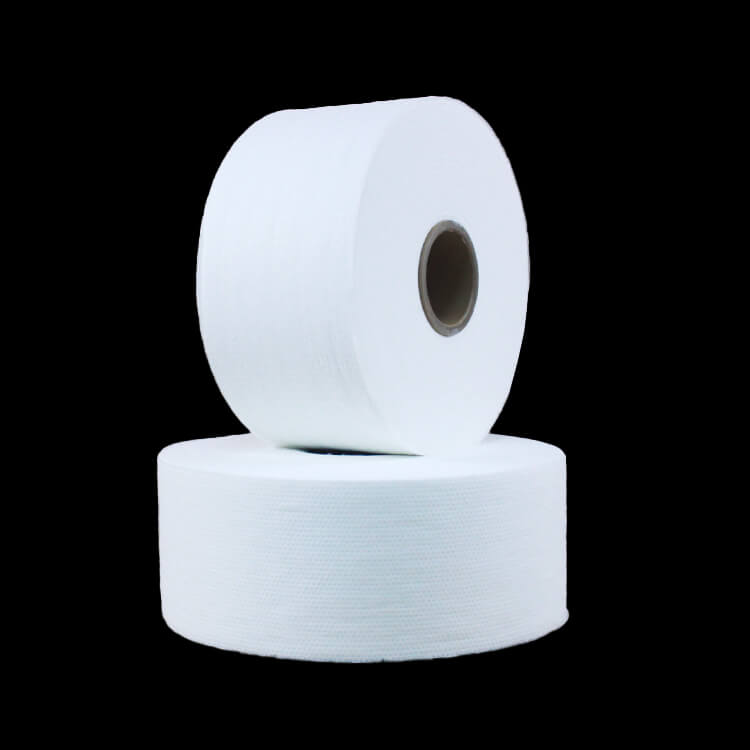Author:Baby & Adult Diaper Materials FROM:Diaper Materials Manufacturer TIME:2023-08-29
Enhancing Diaper Performance with PP Nonwoven Materials

Diapers play a crucial role in ensuring comfort and hygiene for infants and toddlers. Over the years, the demand for high-quality diapers has been increasing, leading to advancements in diaper technology. One such innovation that has significantly enhanced diaper performance is the use of polypropylene (PP) nonwoven materials. In this article, we will explore the benefits and applications of PP nonwoven materials in the diaper manufacturing industry.

One of the key advantages of incorporating PP nonwoven materials in diapers is the improved absorbency and moisture management. PP nonwoven fabrics have high porosity, allowing them to quickly absorb and distribute liquid throughout the diaper. This ensures that the baby's skin remains dry even after multiple wettings, reducing the risk of diaper rash and irritation. The superior moisture management properties of PP nonwoven materials also contribute to better odor control, keeping the diaper environment fresh and hygienic.
In addition to their excellent wicking ability, PP nonwoven materials also have a reduced re-wetting characteristic. This means that once the liquid is absorbed, it is less likely to be released back onto the baby's skin, further enhancing the overall dryness and comfort of the diaper. This feature is particularly beneficial during extended periods between diaper changes or overnight use.

Comfort is a primary consideration when it comes to diaper design, and PP nonwoven materials excel in providing enhanced softness and breathability. These materials are often used as the top sheet layer of diapers, which comes into direct contact with the baby's skin. The smooth and gentle texture of PP nonwoven fabrics prevents friction and irritation, ensuring a comfortable experience for the baby.
Furthermore, PP nonwoven materials offer excellent breathability, allowing air circulation and reducing the risk of diaper rash. The breathability of these materials helps to maintain a cool and dry environment, minimizing the accumulation of heat and moisture, which are common triggers for skin irritation. By incorporating PP nonwoven materials into diapers, manufacturers can prioritize the baby's comfort while ensuring optimal skin health.
The fit of a diaper is crucial to prevent leakage and ensure the baby's freedom of movement. PP nonwoven materials contribute to an enhanced fit by providing stretchability and flexibility. These materials can be engineered to have elastic properties, allowing the diaper to contour to the baby's body shape and providing a secure fit.
In addition to the improved fit, PP nonwoven materials also offer excellent liquid retention capabilities, reducing the risk of leakage. The high absorption capacity and distribution efficiency of PP nonwoven fabrics ensure that the liquid is locked inside the diaper, preventing any potential leaks. This feature provides peace of mind to parents, knowing that their baby's clothes and surroundings will remain dry and clean.
The use of PP nonwoven materials in diapers has revolutionized diaper performance by enhancing absorbency, moisture management, softness, breathability, fit, and leakage prevention. These materials have become an integral part of modern diaper manufacturing, ensuring the comfort, hygiene, and well-being of infants and toddlers. With ongoing research and advancements in PP nonwoven technology, we can expect further improvements in diaper functionality and overall performance in the years to come.

 Email: info@whldiapernonwoven.com
Email: info@whldiapernonwoven.com
 MP/WhatsApp: +86-13599937366
MP/WhatsApp: +86-13599937366
 Manufacturer Address:Room 1105B, Bld M1, Manhattan, Yulongwan, Shimao, Shuanglong Road, Meiling Street, Jinjiang, Fujian, China
Manufacturer Address:Room 1105B, Bld M1, Manhattan, Yulongwan, Shimao, Shuanglong Road, Meiling Street, Jinjiang, Fujian, China